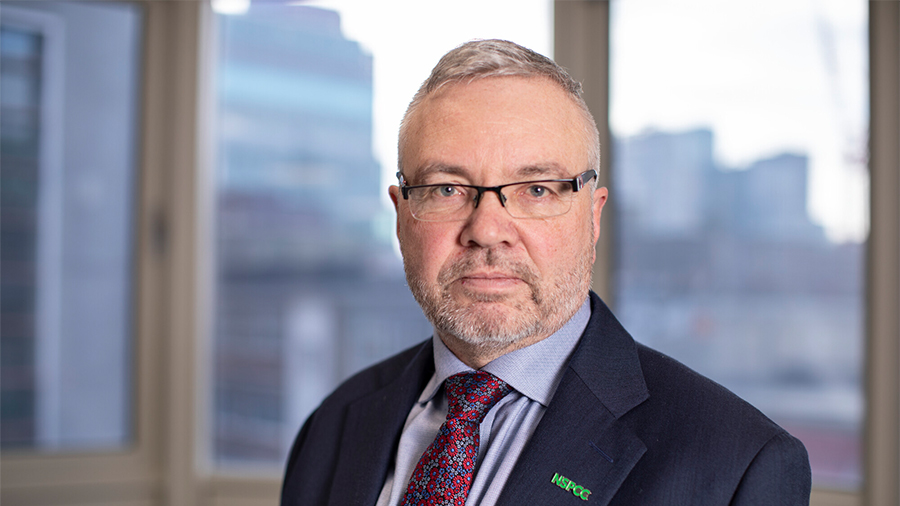There was a 25% rise in child abuse image offences recorded by UK police in 2022/23. We're urging tech companies and Ofcom to do more to keep children safe.

Police data that we requested1 shows that, in 2022/23, police logged more than 33,000 offences where child abuse images were collected and distributed.2
When we compared data from forces who had supplied figures this year as well as in previous years, we found there was a 25% increase in offences between 2021/22 and 2022/23. And a 79% increase on figures from five years ago (2022/23 compared to 2017/18).3- Snapchat was involved in almost half (44%) of instances where the online platform was identified by police.4
- Meta-owned platforms Instagram, Facebook and WhatsApp were used in a quarter of offences where the online platform was identified by police.4


